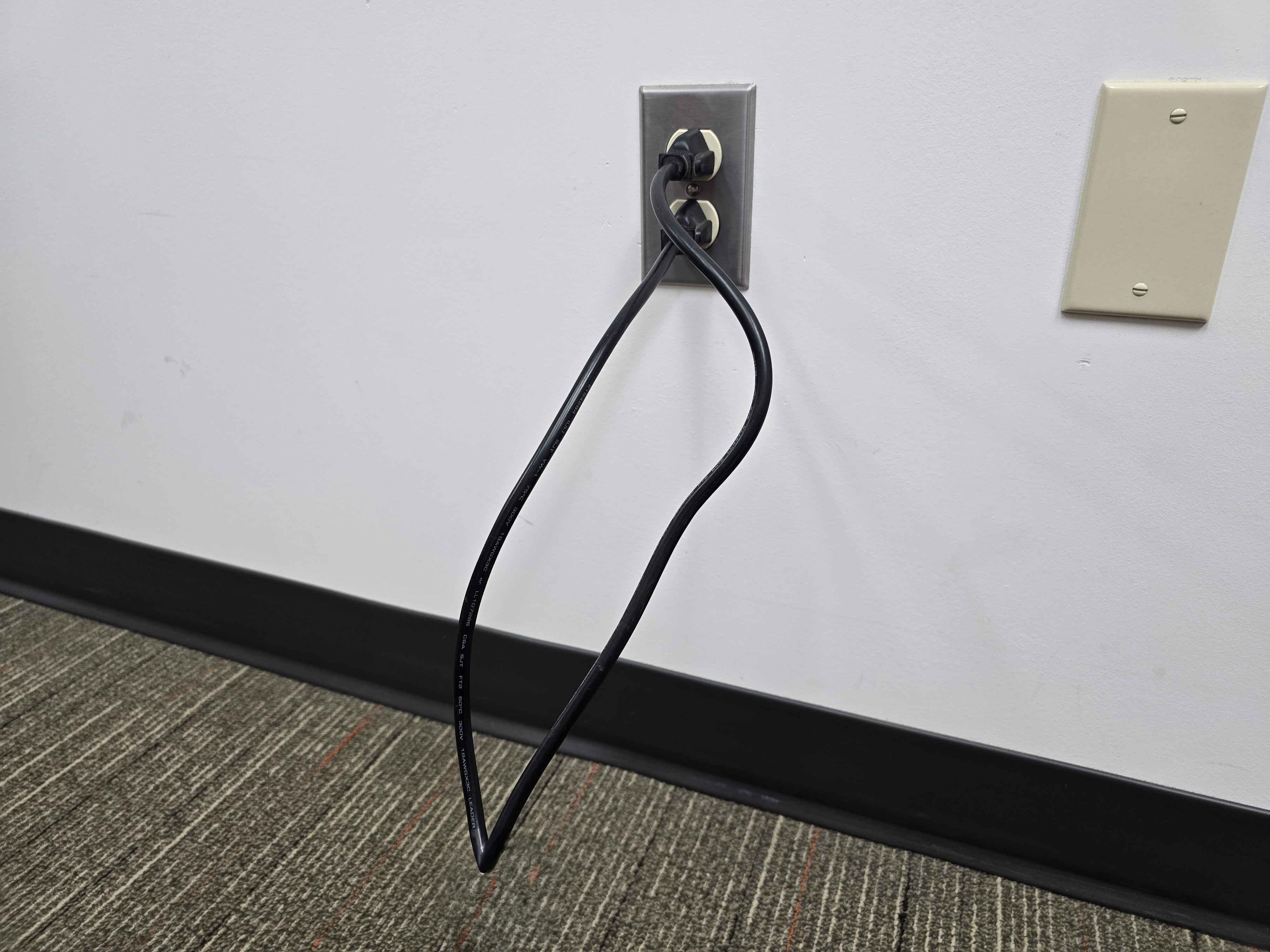this post was submitted on 25 Nov 2024
252 points (99.2% liked)
hmmm
6840 readers
33 users here now
For things that are "hmmm".
Rule 1: All post titles except for meta posts should be just plain "hmmm" and nothing else, no emotes, no capitalisation, no extending it to "hmmmm" etc.
founded 2 years ago
MODERATORS
you are viewing a single comment's thread
view the rest of the comments
view the rest of the comments

While this is technically possible by cutting the bus bars linking the upper and lower sockets, this is a duplex outlet and by default both sockets are internally connected. It's fantastically unlikely anyone would go out of their way to create the setup you described, which would also require by code for both circuits to be connected to a linked breaker so that if one is overloaded both circuits are tripped. Making one of the outlets switched would also create an extremely confusing situation for the user or building owner, which would inevitably result in a never-ending bitch session at whoever installed it in the first place, e.g. every time the cleaning crew plugs in their vacuum cleaner and this outlet "randomly doesn't work sometimes."
But then, if someone is running around with a ready-made double male mains cable in your building, all bets are probably already off.
Outlets where only one of the two sockets is controlled by a switch is extremely common for lighting in the USA.
Can confirm that it's extremely frustrating/confusing to have outlets where one socket is switched and the other is always on. Doesn't stop builders from doing it, unfortunately.
In Sweden it's default to have 3 phase available, and different groups of rooms are often on a different phase in bigger apartments or homes.
Connecting two different phases directly puts 400 V on a "short-circuited" wire instead of 230V with no current...